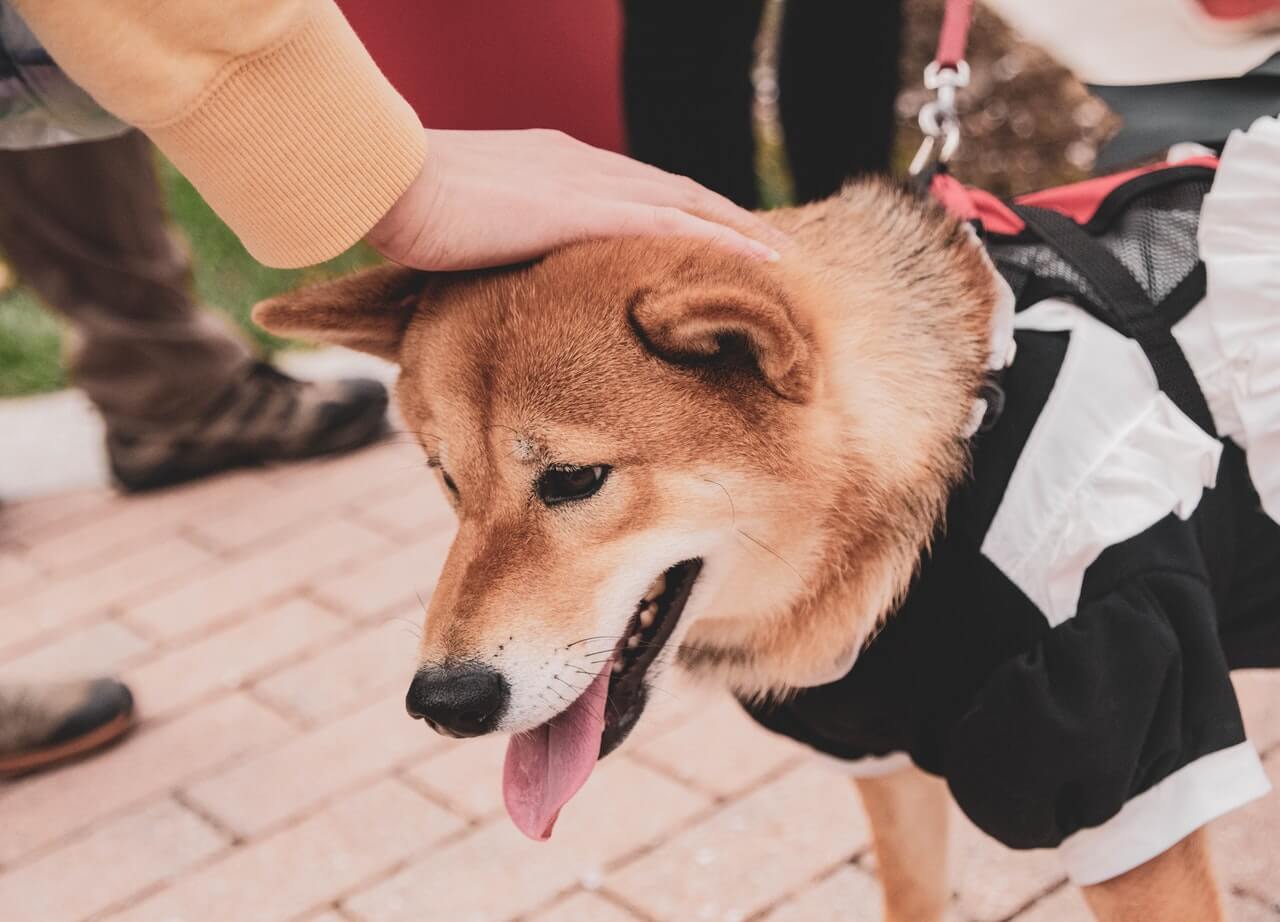2019-05-07

Post-Traumatic Stress Disorder (PTSD) is a severe anxiety disorder that seriously jeopardizes the life of a person suffering from this condition. Causes for this disorder range widely, and various factors can trigger its development and reoccurrence. Long-term treatments are necessary and diverse and include cognitive-behavioral therapy, medications and mindfulness practices. In addition to these traditional methods, many sufferers prefer another natural recovery support with PTSD: a service dog companion. They say service dogs help them to speed recovery and overcome many life-related difficulties. In the following part, we will introduce you to the world of service dogs for PTSD.
What is PTSD?
Before you learn how a service dog helps someone with PTSD, it is advisable to have a general concept of PTSD. Most cases of PTSD are caused by a traumatic event or a series of events, including military combat, terrorist attacks, accidents or deaths, childhood abuse, and natural disasters.
The sufferers who witness or experience these events present various symptoms and require different treatment. The mild ones are struggling with terrible anxiety and fears for a few weeks or months. They start to feel less nervous and return to a normal daily routine. However, if the symptoms do not go away, these conditions can lead to severe anxiety known as Post-traumatic Stress Disorder. Apart from severe anxiety, untreated PTSD manifests itself in various ways, including panic attacks due to trauma memories, fear of crowded places, endless depression, and frequent insomnia.
People found that World War I veterans recovered from PTSD with the help of specially trained service dogs.

What is a service dog for PTSD?
During the First World War, experts found that a specially trained service dog could speed up the recovery of a veteran suffering from PTSD. The service dogs successfully aided veterans to re-integrate into society and lead fulfilling lives. Thereafter, decades of scientific research confirm that service dogs indeed provide a vast array of benefits to people with PTSD, including veterans, abused children, witnesses of disasters, etc.
What are the tasks of a service dog for PTSD?
Service dogs get more and more popular as a treatment for PTSD. They provide handlers with a sense of security, physical activity and other tasks that can reduce the impact of this condition. With the assistance and companionship of service dogs, individuals with PTSD can effectively alleviate the symptoms of the disorder, lower blood pressure, and increase endorphins that can fight depression and anxiety. Main tasks of service dogs are as follows:
1. Being a reminder
This is a basic task for every PTSD service dog. A trained service dog can remind their handlers to take medication as part of a normal routine or in an emergency situation. In addition, the service dog can alert to the dangerous factors that can trigger PTSD, such as an approaching car, overcrowded places, panic attacks, and unusual changes in blood pressure and cortisol. If the handler can not cope with the situation on his own, the service dog will ask families or passers-by for help.
2. Being an interrupter
Service dogs play a role in distracting their PTSD handler who is just confronted by a traumatic experience. For example, they are able to interrupt the handler when he is experiencing a flashback, going through a panic and anxiety situation, having a nightmare, suffering from repetitive behavior, or even trying to self-harm. A well-trained service dog will lick the handler’s face or hands, jump at the handler’s legs, lays down on his lap or chest, or picks up a special toy to wake up the handler to bring him back to reality. An immediate interruption can effectively eliminate depression and mood swings and prevent severe symptoms.
3. Being a protector
In some situations, service dogs can protect the handler from potential triggers by practical movements. People suffering from PTSD feel anxious and depressed in the crowd or in strange buildings. Service dogs are trained to circle the handler to create a barrier between him and the crowds, similar to the service dogs for social anxiety disorder. Also, they will first enter a building or house to check the environment and verify that it is safe for the handler.
4. Being an emergency caller
While service dogs cannot handle an emergency themselves, they are trained to make necessary calls in the event of an emergency. For example, they can call 911, the suicide hotline, and doctors via their dog-friendly phone, which has set up a list of emergency numbers.
Although PTSD treatment requires a number of psychological guides as well as prescribed medications, the companionship of a service dog can lower the risks of recurrent attacks when the PTSD patient is left alone.